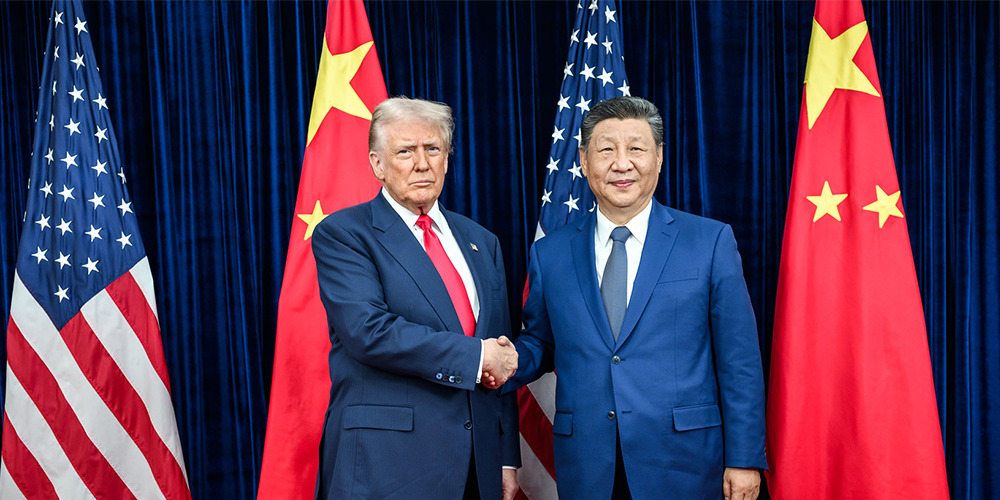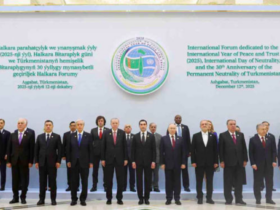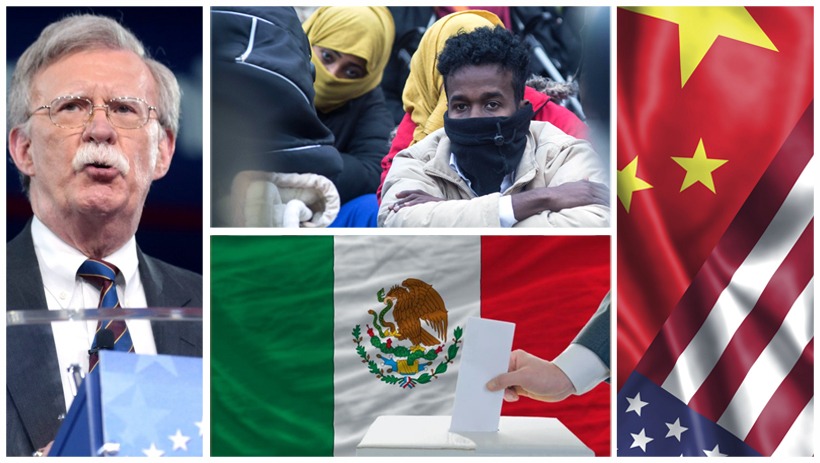Strategic autonomy knocks at the door
Strategic autonomy knocks at the door
Orçun Göktürk, from Beijing / China
At the meeting between U.S. President Donald Trump and Chinese President Xi Jinping in Busan, South Korea, the two sides reached a truce on trade. Yet behind this agreement lies a deeper reality: a structural transformation in U.S.–China relations that has become irreversible. The old order is dying, and in its place emerges an era of controlled rivalry—volatile, risky, but managed.
The end of the “tribute to Washington” era
What was the foundation of U.S.-China economic relations that took shape in the 1990s? It was simple and asymmetric.
American capital flowed into China to benefit from low labor costs. China, using these investments, built vast production hubs, manufacturing cheap goods and services that it exported to the United States. So far, this is a familiar story. But the key part of the equation was this: China used its enormous trade surplus to buy U.S. Treasury bonds a form of compulsory investment, almost like paying tribute.
This system financed China’s growth while providing Washington with cheap capital and borrowing opportunities. To put it bluntly, it was a kind of “tribute” China paid to maintain its economic system and avoid potential conflict with the United States. By financing America’s debt, China effectively bought peace and stability as it rose.
Strategic autonomy knocks at the door
The most significant structural shift confirmed in Busan was the end of this asymmetric arrangement. It hasn’t vanished completely yet, but the old order is changing irreversibly.
China has now shifted its focus from pure economic growth to technological autonomy and strategic security. Recall Trump’s remark after China unveiled its DeepSeek AI model, when he admitted, “Silicon Valley should see this as a wake-up call.” China has begun to challenge American tech giants head-on, becoming less dependent on U.S. capital, boosting domestic consumption, and localizing its technology supply chains—a process of “de-Americanization.”
To understand Beijing’s mindset, it is essential to see how the Chinese media viewed the summit. From the People’s Daily-the official voice of the Communist Party-to the South China Morning Post (SCMP), leading outlets framed the meeting not as a submission but as the management of relations between equals. Xi’s calm statement that “Given the different national conditions of our two countries, some disagreements are inevitable,” reveals that China now sees itself as a strategic power on par with the United States.
Chinese headlines emphasized “a table where mutual interests are discussed, not one dictated by the U.S.,” adding that while the U.S. struggles with domestic crises, China remains stable. Even the global commentary is increasingly recognizing that the era of “the U.S. sets the rules, China complies” is over.
Negotiation no longer means survival
At the Busan meeting, the two sides agreed on a one-year trade truce. Trump hailed it as “a victory for American workers,” while China described it as “an opportunity for stable relations.” The difference is telling: this time, China sat at the table as an equal. In the past, walking away from negotiations would have been disastrous; now, even the absence of talks is no longer fatal for Beijing.
China’s small concessions in Busan -on fentanyl control or agricultural imports – are tactical moves to keep relations from derailing completely. They do not signify any retreat from long-term strategic objectives. The key point is this: China is no longer an actor that can be cornered.
In earlier decades, China accepted “bad deals” to avoid confrontation and maintain market access. Today, the absence of negotiations is not a catastrophe. Having built its own technological ecosystem (local chips, AI) and participating in regional trade agreements such as RCEP, as well as organizations like the SCO and the expanding BRICS, China is increasingly becoming an alternative pole of attraction to Washington.
Yes, Beijing still makes occasional concessions to preserve peace-and will likely continue to do so-but these are no longer signs of weakness. They reflect strategic composure. Xi’s administration prioritizes “development first” amid rising global tensions, while avoiding unnecessary conflicts—though not shying away from them if they occur.
The difference is crucial: in the past, concessions stemmed from weakness; today, they are made to buy time and secure a stronger position.
The new normal: Controlled rivalry
The Busan summit was neither a victory nor a defeat-it was a brief rehearsal of the new normal.
The U.S. can no longer restore the comfortable dependency relationship it built since the 1990s. Trump’s slogan “Make America Great Again” is, in essence, an admission of that loss. This is Washington’s new dilemma.
This new normal is not one of strategic partnership but of controlled competition-a period in which two nuclear powers fiercely contest technological and geopolitical dominance while maintaining minimal cooperation on issues such as climate change, pandemics, and financial stability.
The Busan truce clearly demonstrated that China is no longer a student trying to adapt to the rules of the global system-it is a power that sets its own rules and acts with strategic autonomy. The world must now adapt to this new, more symmetrical, yet more tension-filled balance of power.

















Leave a Reply